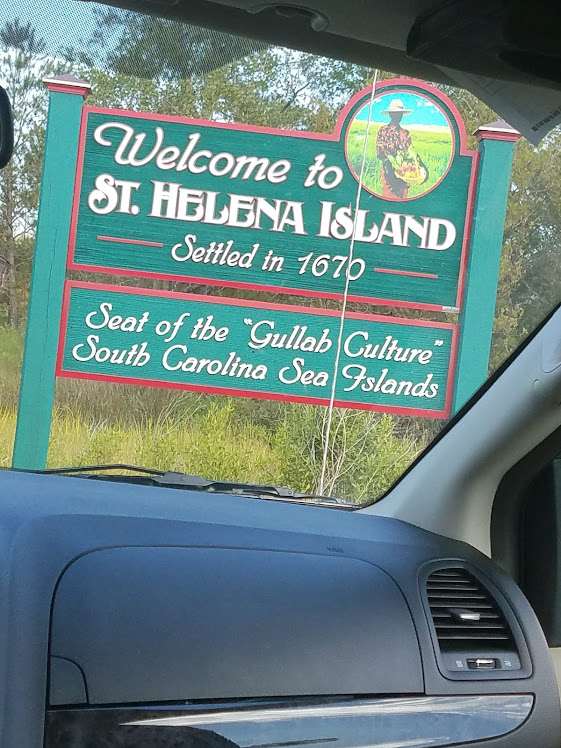Gullah Geechee Culture

Some say Gullah, others Geechee, but they’re one people: Gullah Geechee. Gullah culture is rooted in the southeast of the United States. From Jacksonville, North Carolina to Myrtle Beach, Charleston, the South Carolina and Georgia Sea Islands, Savannah, and down to Jacksonville, Florida, the extension is now known as the Gullah Geechee Cultural Heritage Corridor.
Like most Black people in this country, the Gullah Geechee’s ancestors came from West and Central African countries like Senegal, Ghana, Nigeria, Angola, Guinea, Mali, and Cameroon. They were made to clear land and build homes and businesses they couldn’t enjoy, and grow cotton, rice, indigo, and sugar for millions of dollars they’d never touch. Unlike most African-American ancestors, however, the Gullah were insulated from mainstream society and industrialization for much longer than others. Those living on the sea islands, for instance, didn’t have bridges to the mainland until the 1970s. Some still don’t.
This seclusion from city life allowed the Geechee to keep their ancestral ways of life intact, including spirituals like the ring shout, functional art like the bottle tree and sweetgrass basket, living in compounds (called kundas) with kin, fishing with hand sewn cast nets, preparing meals like red rice (a descendant of jollof rice), okra soup and purloo, and even the language. The Gullah speak an English-based creole that was created when their ancestors from different African tongues were forced to live and work together and made to speak English. Instead of doing away with their African languages altogether, they maintained certain words and phrases like “krak teet” for speaking, “dayclean” for a new day, “coodah” for turtle, “buckrah” for a white person, and “kumbaya” for come here. The song “Kumbaya, My Lord” is also a Gullah Geechee creation.
Gullah Geechee may seem like a new phenomenon, but it’s not. A primary reason for that illusion is shame. From 1865-1975, thousands of Gullah Geechee people left rural areas for southeastern cities like Savannah and Charleston, or they became part of the Great Migration of Blacks moving north to cities like Philadelphia, Trenton, and New York City. The late Carolyn Dowse’s parents, born and raised on Sapelo Island, for instance, headed to Savannah in 1926 so their children could receive a higher quality education.
“I was told that when they moved to Savannah, everybody laughed at my siblings because of the way that they spoke, so then they changed so they could speak like the other children. So I didn’t get a chance to experience that.” They were shamed. So while the better classroom education was attained, leading Carolyn Dowse to college degrees and a career as school principal, they lost critical components of their culture in the process. Elbert Dean was born in Charleston in 1939 then moved to Harlem when he was 11 years old. In New York, when people wanted to make you feel inferior or backwards, they’d call you a Geechee. Naturally, Elbert and those like him distanced themselves from the label and the language that was sure to give them away.
That same shame was, and continues to be, the case for many Gullah people. Another leading concern today is mass displacement, many from land that’s been in their families since the end of the Civil War. However, the culture is not gone; it’s simply evolved. And to ensure that the old ways of talking, cooking, praying, creating, and gathering are not lost, there’s a resurrection of pride in Gullah Geechee culture and educating people on the tenants of it.

